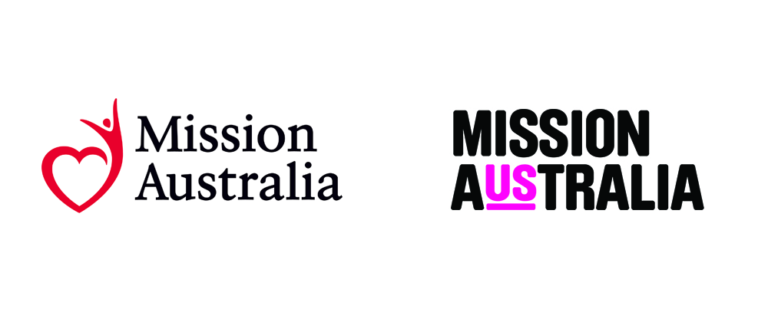Leongatha healthcare thrived in yesteryear

LYN SKILLERN
LEONGATHA’S first private hospital opened in Peart Street in 1903.
Miss Caparm-Jones, certificated midwife, announced she was “now prepared to accommodate ladies at her newly–erected private hospital”.
Terms were discussed “on application”.
Accident and general illness cases were generally sent to Melbourne hospitals.
In March 1907, nurse Florence Good, a member of the Royal Victorian Trained Nurses Association and formerly of the Alfred Hospital and Women’s Hospital, opened a private hospital in Church Street adjacent to the Methodist Church.
Nurse Good had “excellent testimonials from leading Melbourne physicians and surgeons”.
Both of these hospitals catered for medical and surgical cases as well as midwifery.
Tara, a “ladies only” private hospital, was opened in June 1907, by a Miss Pickett.
Sister Potter and Stradbroke Hospital
Leongatha’s Church St hospital was purchased by Sister Janet Potter in 1921. She re-named it ‘Stradbroke’. Her first partner was Sister Warwick, who was succeeded by Sister Gill.
Sister Janet Potter had grown up in Mardan. She was one of five girls and four boys in the family of Mr and Mrs J.H. Potter, pioneer selectors of that area some 10 miles north of Leongatha.
After completing her primary education at Mardan, she began her nursing career as a probationer at the Austin Hospital in Heidelberg in 1914.
Nursing in those days called for strong physical and mental character. Training and discipline were strict, hours were long, pay minimal and nurses were expected to provide their own uniforms.
Only those who were dedicated to the nursing profession remained in that occupation for long.
After her three-year training period, Sister Potter went to St Margaret’s hospital in Launceston for six months before joining the staff at the Women’s Hospital in Melbourne as senior sister in the operating theatre, a post she held for six years.
She then came to Leongatha and started Stradbroke.
Stradbroke consisted of two two-bed wards and three single-bed wards. There was a small operating room where minor surgery was carried out.
The labour ward and nursery were at the rear. The kitchen was fired with a coke-burning AGA stove.
Washing was done in an external washhouse with a wood-fired copper and cement troughs. Domestic staff were housed in an adjacent building of three bedrooms.
When the hospital was operating at its peak there were around 130 maternity cases a year. More than 3000 South Gippslanders first saw the light of day while their mothers were under the care of Sister Potter.
Unlike present day practices, Sister Potter was adamant that mothers of new born babies remain in hospital for a fortnight with the first 10 days in bed.
She often said that in the days of large families, it was the only holiday the mother would get.
Sister Potter nursed the babies in her living room with the cot alongside the heater in the winter months.
She successfully reared the Beecroft triplets for three months, feeding them night and day. Caring for babies and their mothers was her life.
Stradbroke Hospital closed in 1958 after the new Woorayl Hospital was opened. Sister Potter retired after serving the district for 36 years.
The Leongatha Historical Society is creating a data base of those born at Stradbroke Hospital.
More than 500 names have been added to the list. Those born at the hospital are encouraged to contact the society and have their name included.
Short URL: /?p=30113






